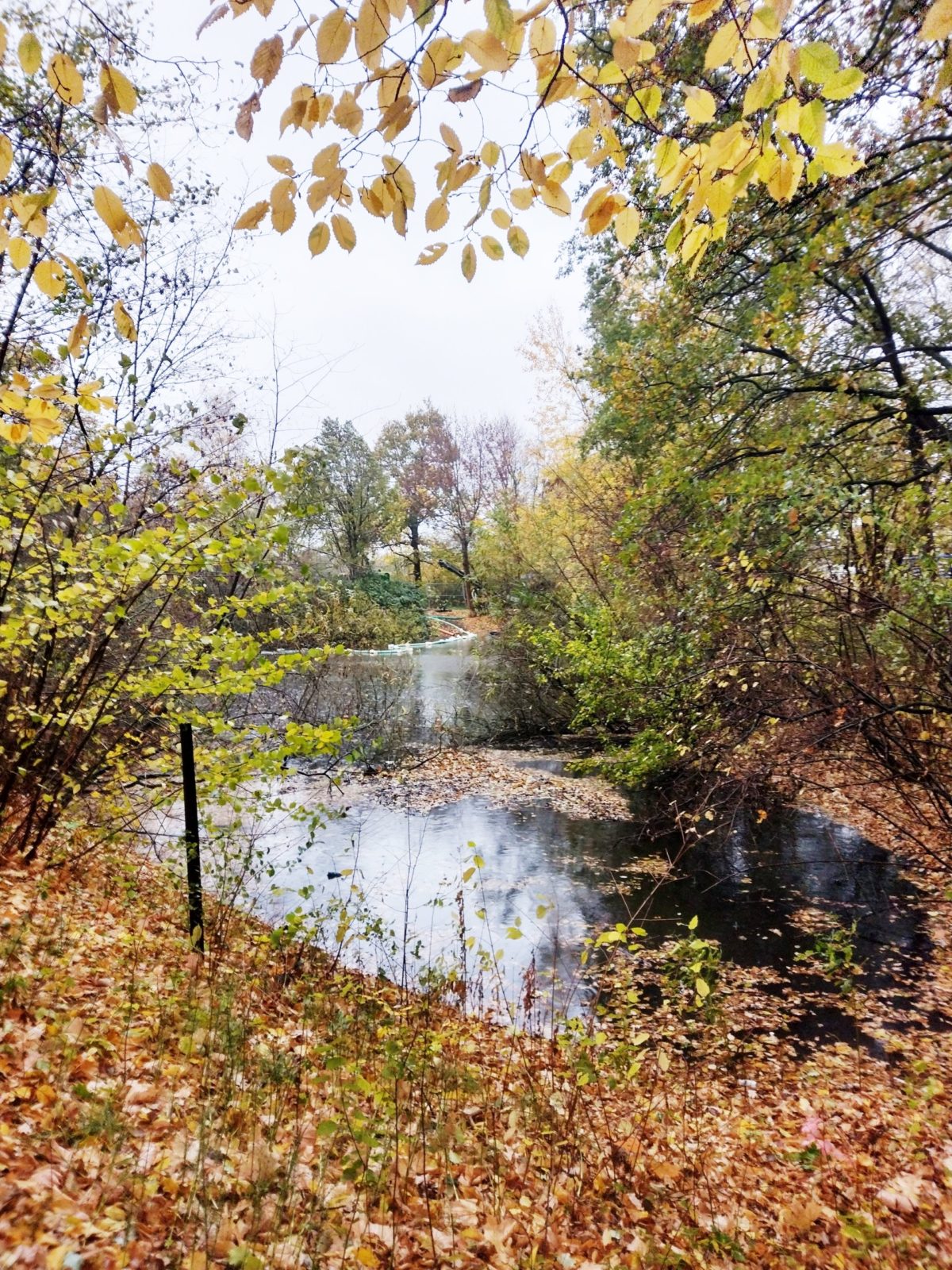Rainwater retention basins (RRB) are artificially created bodies of water that temporarily store large amounts of rainwater. In the process, many foreign components such as sand, road debris and leaves enter the basin with the discharged water or from the surrounding vegetation, which then settle on the bottom as sediment. Over the years, the sediment becomes continuously thicker. In order to restore the original retention volume of the basins, regular desludging is necessary. In the Hanover urban area, three desludging measures are currently underway, which M&P is supporting. The sediment is transported by floating suction dredgers, then dewatered and disposed of depending on the pollutant load.
For the planning of the measures, all three basins were examined and assessed from an ecological point of view in spring 2022. Since no suitable areas are available in the area of the RRB for provision and declaration, the sediments of the RRB were sampled in situ in agreement with the lower waste authority. In addition to the goal of the waste-legal declaration, the determination of the sediment cubature to be removed was in the foreground. For this purpose, the sediment of the three RRBs was measured from a boat, sampled using a sludge sampler, analysed and classified in terms of waste legislation on the basis of the laboratory results. The typical pollutants found in the sediment of RRBs are heavy metals, PAHs and CHCs, which are mainly discharged via road drainage.
Ecological research, consultations with the lower nature conservation authority and site inspections were carried out to assess the potential for species protection and as a decision-making aid for the implementation of the measures. As a result, the desilting measures take place in the winter months, as this avoids the migration periods of amphibians and the breeding and setting periods of birds. In order not to disturb the fish in their winter torpor, they were moved to other water bodies before the measures began.
Currently, M&P accompanies the desludging work as an expert, whereby we continuously monitor the desludging target, the quality of the dewatered material and the sediment disposal. In addition, we constantly check the water quality and take the RRB as a habitat into consideration.

